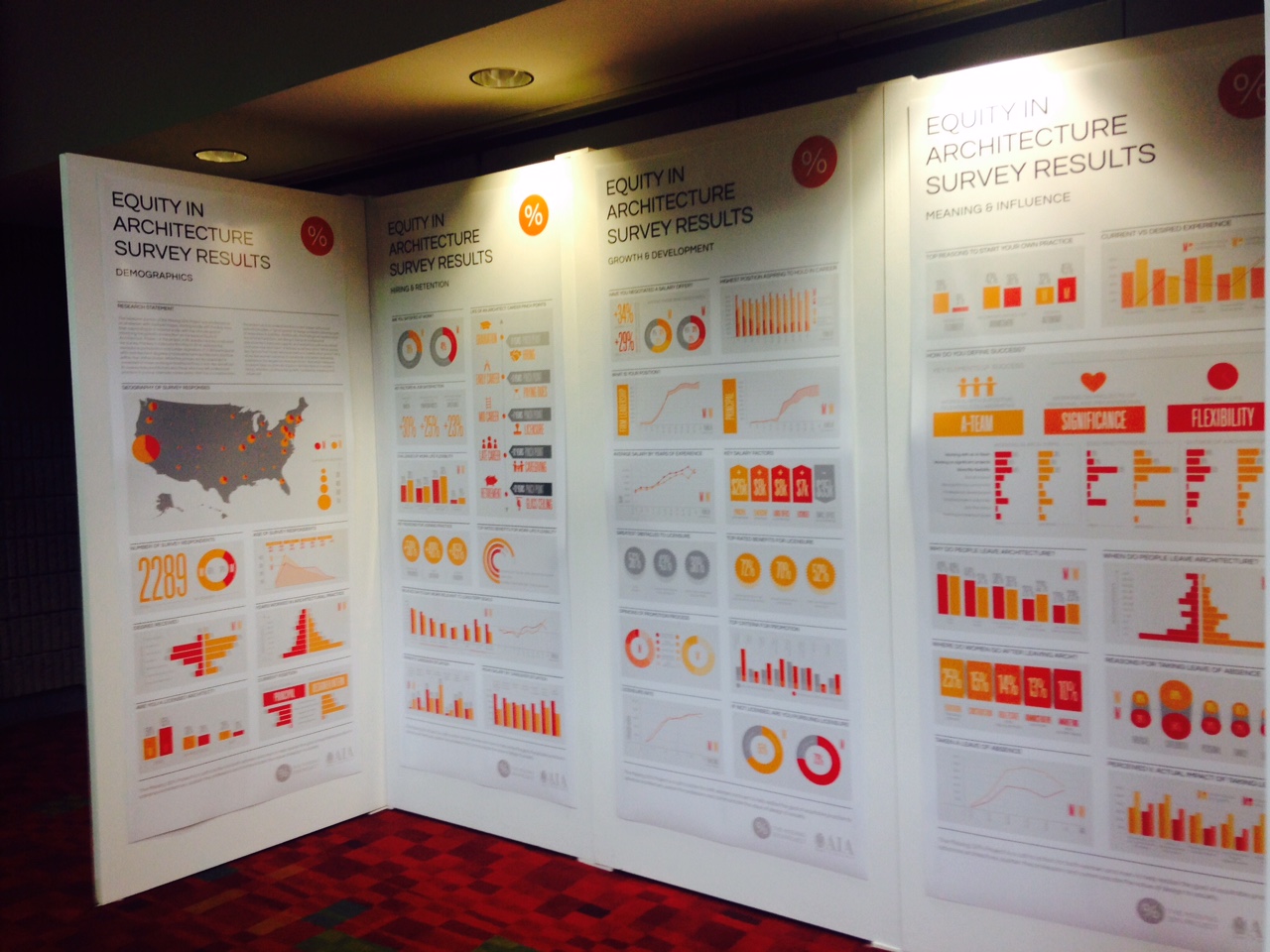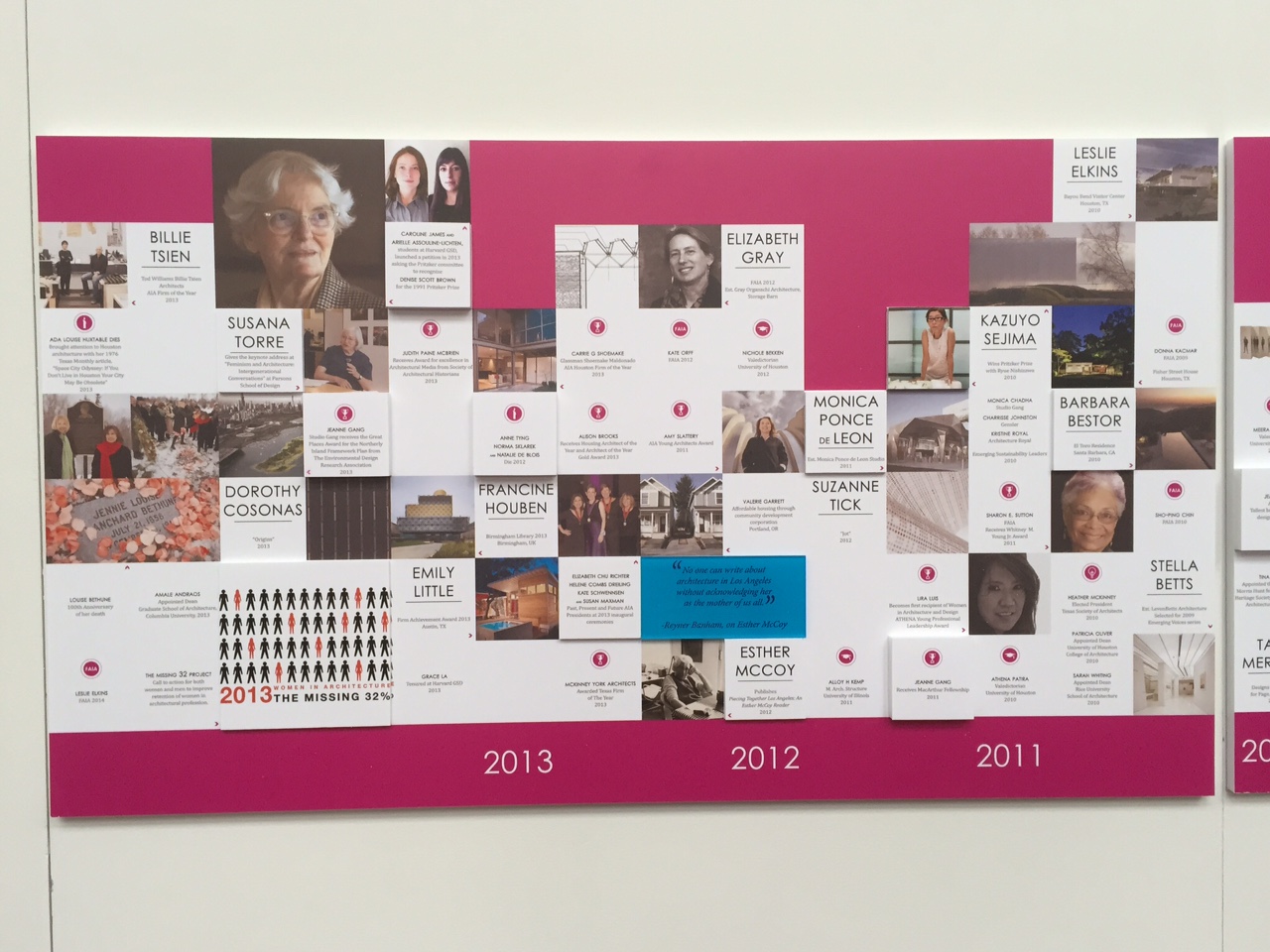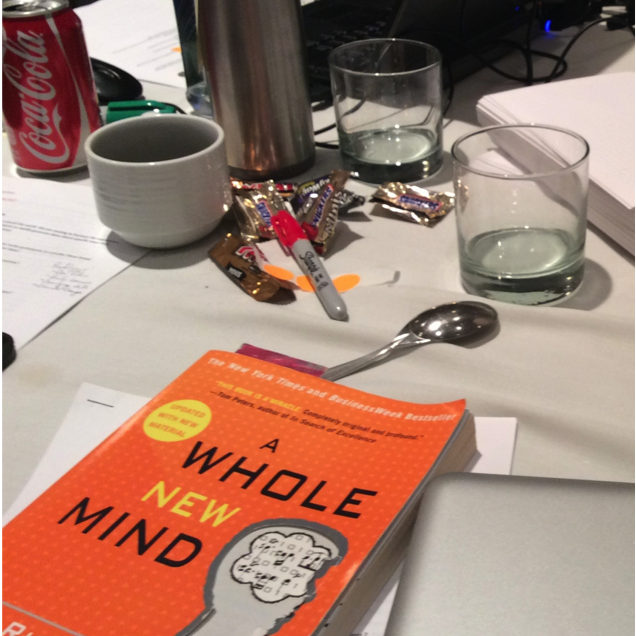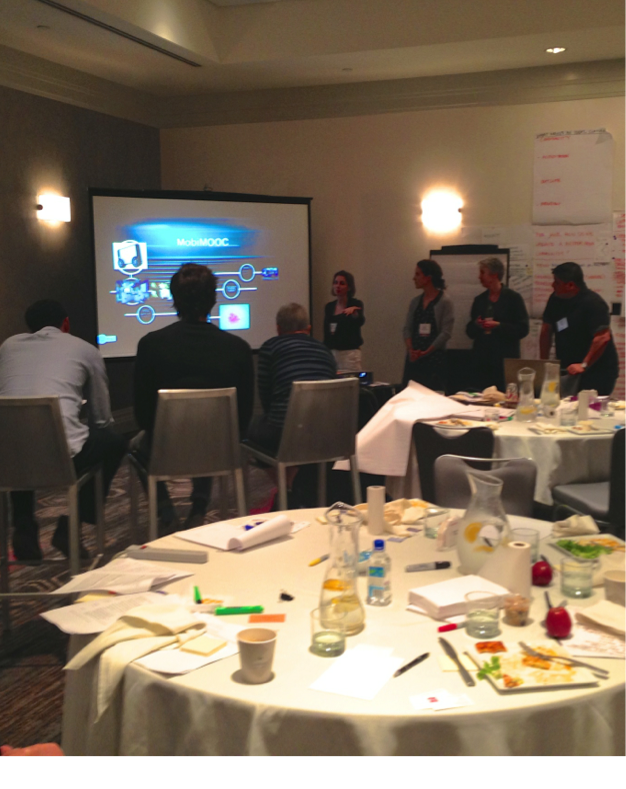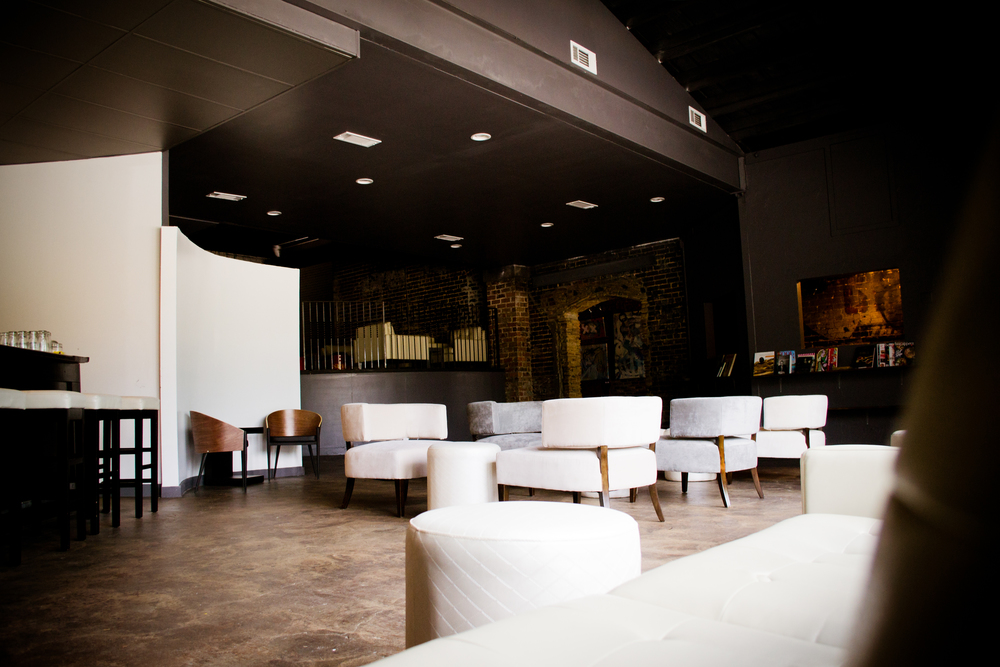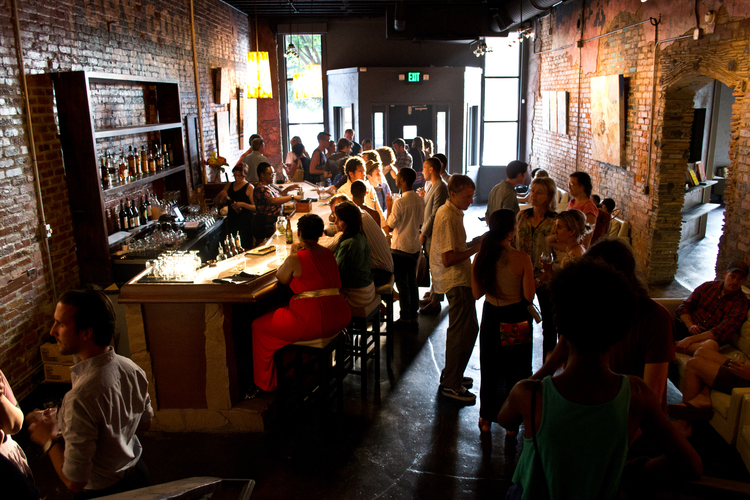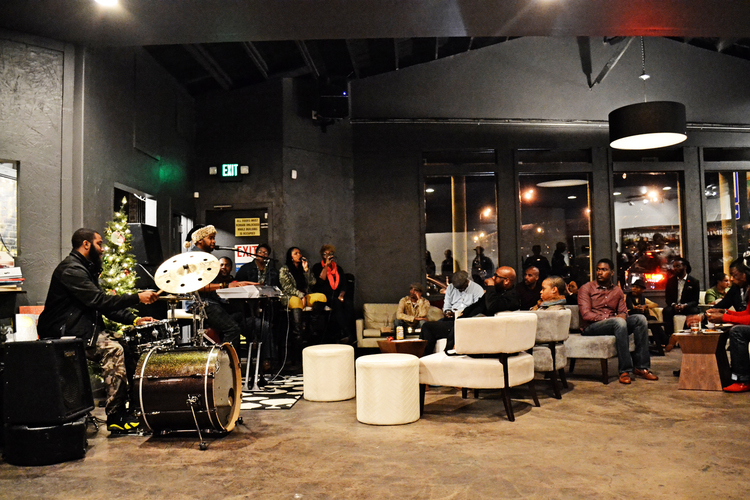by Mike Davis, FAIA
Japanese gardeners use a small hand saw called a nokogiri. Cool thing about this tool? Instead of pushing on the blade, it cuts when you pull it.
Thanks to the Missing 32% Project: 2014 Equity in Architecture Survey findings, we know that very few women become principals or owners in US architectural firms. With this deficit front-of-mind, putting pressure on all architects to recognize and act on gender inequity is right. Creating pathways to leadership for women in architecture is critical. But that pressure – the equity push – may not in itself solve the problem in time to keep more women from giving up on the profession.
To make change happen urgently, we also need a complementary force. Call it … the pull.
Defining the challenges with promotion and advancement in Architecture.
When your breakout topic for the Equity by Design “Hackathon” at the 2015 AIA National Convention is “Promotion and Advancement”, it becomes a question of how. How do we create the pull for promotion and advancement? What would convince the people – mostly men – running US architecture firms that having more women in senior leadership positions is vitally important?
We can make the business case for equity. 1) Studies prove the correlation between inclusivity on a corporate board and organizational profitability. 2) We have market research showing how much global spending is now being controlled by women. 3) And how about that Harvard Business Review report that says teams with more women on them are just smarter? We can argue the intrinsic value of diversity. We can opine that social intelligence – the sine qua non of 21st century enterprise – is stronger in women. Plenty of compelling evidence.
But in order for gender equity to happen any time soon, the men in charge of our firms need to change their behavior. Men-in-charge are the leverage point in the system as it currently exists. So to “hack” the system, men must be made part of the solution.
Speaking as a male Principal in an architectural firm, I’ve been in the conference room when candidates for promotion and advancement are being considered. Qualifications, talent, dedication, leadership, professionalism? Sure. All those factors are considered. But the thing that ultimately makes a bunch of architects decide to promote someone else to Principal? Trust.
Trust ultimately creates the pull for promotion. Not rational argument, not compelling evidence, not market studies. It’s not an intellectual decision. It’s an emotional one.
We know that there are men out there who want to see women succeed in architecture. And we know trust is contagious. So the Equity by Design Promotion and Advancement “hack” is: the formation of strategic intra-firm partnerships.
A strategic partnership would begin like this: Women, find advocates among your firm’s current Principals or senior leadership. Asking someone for advice is powerfully motivating. Engage them in candid conversation about mutual goal-setting, professional objectives, career paths. Be sure you frame your aspirations in terms of how the firm can also benefit. This is the basis for interpersonal trust in a corporate setting.
And if you can’t find those advocates at your current firm, get your resume in circulation.
Team members including Jessie Turnbull, Mike Davis, Meg Brown and Frances Choun pitch The Pull for Promotion and Advancement.
The next step: understanding that a firm’s corporate values and behaviors derive from the values and behaviors exhibited by its Principals, the advocating Principals need to demonstrate their trust in the candidates to the rest of the firm. This could take the form of delegating authority for certain corporate activities or functions and then visibly supporting the candidates’ decisions.
In systems-thinking terms, the advocating Principals would be creating a reinforcing feedback loop. As more firm leaders witnessed this support, more would be inclined to extend their trust as well. The pull would be present. Promotion and advancement would follow.
Rather than relying on the interpersonal ju-jitsu of office politics, something more like mentoring is what creates lasting and mutually-beneficial trust. Eventually, this kind of exchange would also create a support network and a culture of open dialogue about professional development in the organization. And then, not only would gender equity and ownership transition be served, but a firm’s capacity to respond and adapt to unforeseen future challenges would also be strengthened.
Japanese gardeners use a small hand saw called a nokogiri. Cool thing about this tool? Instead of pushing on the blade, it cuts when you pull it.
Strategic partnerships can build trust. And trust can create the pull for promotion and advancement. Like the nokogiri, pull works.
Team Members:
- Mike Davis, FAIA Bermeyer
- Frances Choun, VP of McCarthy Building Companies
- Meg Brown Principal, Perkins + Will
- Jessie Turnbull, RA Associate, Robert AM Stern
- Randy Seitz, Principal, AIA Blue Ridge Architects
READ MORE ABOUT WE310 EQUITY BY DESIGN HACKATHON RECAPS
- #BUILDYOUrtribe – Equity by Design Hackathon 2015 Winners
- When Working Hard Hardly Works
- Promotion and Advancement: How to champion the Pull.
- We need to Hack more!
- I am not an Architect
- How does going to a Hackathon make re-entry easier?
- Interrupt workplace bias, be a "Change Agent"
- Reflections from the EQxD Hackathon Jurors
- Conscious Inclusion: #BUILDYOUrtribe
What's next for EQxD?
Join us in San Francisco at AIASF on June 11th for our next EQxD "U" Workshop "What's Flex got to do with Success?" (Win Win Strategies for Work/Life Flexibility) Meet the panelists, and participate in small group break-outs to "hack" what works for flexibility in the modern workplace. This event is relevant to all AEC professionals! 6pm-8:30pm.











